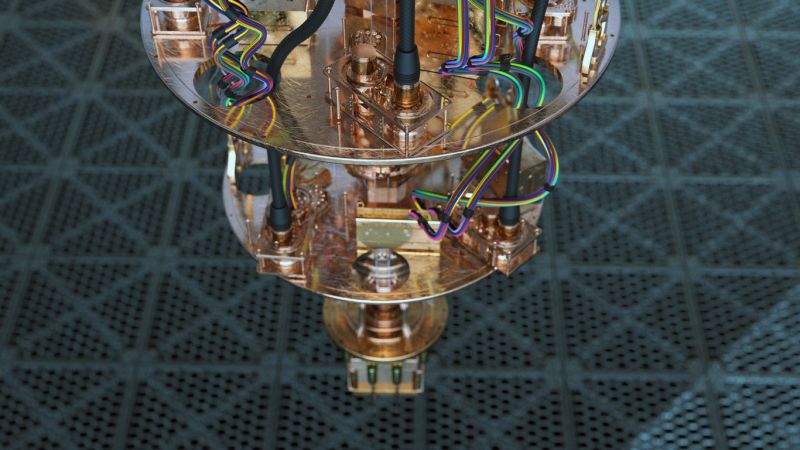
University of Sussex researchers say their method allows microchips to be fitted together as jigsaw puzzle pieces to create more powerful quantum computers.
British researchers claim to have solved a major problem by creating more powerful quantum computers by successfully transferring data between quantum microchips.
There have been various advances in quantum research in recent years, raising hopes that we can use these powerful machines to solve complex problems.
However, even the most powerful quantum computers today only work with hundreds of qubits or quantum bits. While these machines are powerful, it will likely take many more qubits before these machines really shine.
One of the implementation challenges is knowing how many qubits a computer chip can hold. To solve this problem, researchers at the University of Sussex have demonstrated a method to transfer qubits between microchips with precision.
In a study published in the journal Nature, scientists used electric field coupling to allow qubits to move from one quantum computer chip to another.
The team dubbed the method UQ Connect and said it essentially allows chips to be fitted together as puzzle pieces that could then work together to create a more powerful quantum computer.
Researchers claimed they could transmit qubits with near 100 percent success rate and faster connection speeds. They also claim that these numbers are world records, orders of magnitude better than previous methods.
Professor Winfried Hensinger of the University of Sussex said the team knew a "modular approach" was key to building quantum computers that could solve more complex problems, as these machines would eventually be limited by the size of microchips.
"By showing that we can connect two quantum computer chips together – much like a jigsaw puzzle – and more importantly that it works so well, we open up the potential for scaling by connecting hundreds, if not thousands, of quantum computer microchips." ' he says to Hensinger. .
Hensinger is co-founder of Universal Quantum, which participated in the study. This organization received 67 million euros from the German Aerospace Center to build two quantum computers using this new method.
Last month, physicists from University College Dublin and Stanford University developed a new type of analog computer with quantum components to solve some of physics' toughest problems.
10 things you need to know straight to your inbox every day of the week. Subscribe to the Daily Brief , Silicon Republic's roundup of the top science and technology news.
